First 150W charging system by Oppo doubles the battery lifespan, soon in a OnePlus phone
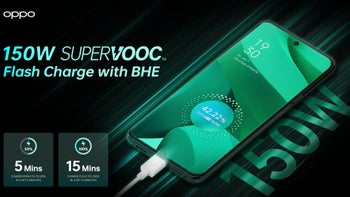
It's raining announcements today as the MWC 2022 expo starts, but Oppo's new 150W SUPERVOOC flash charge technology is the one that brings a particular joy to our techy hearts.
Charging speed control algorithms are all fine and dandy, but the new Battery Healing Technology also enhances the chemistry system of the battery in real time. Oppo has been able to optimize the electrolyte formula in a way that has the electrodes damage caused by the full charge and discharge cycles repaired continuously by creating a durable film called the Solid Electrolyte Interface.
Not that the 80W charger with the same new Battery Health Engine tech in our fresh Oppo Find X5 Pro review was a slouch, capable of filling the large 5000mAh battery in 30 minutes during our battery benchmarks, but Oppo wants to go further, up to 240W, yet 150W is the current commercialized step along the way.
We're speeding up fast charging. ️
— OPPO (@oppo) February 28, 2022
OPPO 240W #SUPERVOOC Flash Charge delivers 100% battery in just 9 minutes, for record-breaking, industry-leading speed. #OPPOxMWC22pic.twitter.com/gPDurHh1Qg
150W phone charging speeds
In fact, the new 150W charging will be capable of bringing a reference 4500mAh battery pack from empty to full in 15 minutes. The charge to 50% will take just 5 minutes, or, about the patience you'd have when you need to leave in a hurry.
That's four times faster than it took Samsung's "fast" 45W charger to fill the Galaxy S22 Ultra in our battery test, and another amazing work by Oppo which also offers 50W wireless AIRVOOC wireless charging to go with those 150W wired fries.
The 150W-capable charger is compatible with the Power Delivery and PPS standards, so you'd be able to use it to charge laptops or other devices besides phones with it. Made with the trendy gallium nitride (GaN) method, the charger is also rather compact for what it offers, with a much higher, 1.51W/cm3 power density than your average phone charger.
150W SUPERVOOC and record battery lifespan
But, what about the battery health, one would ask with a perfect reason? Well, here is where it gets the most interesting. Oppo says that, due to its novel battery chemistry and charge monitoring algorithms, collectively called the Battery Health Engine (BHE), the 150W-capable batteries are able to go through 1600 full recharge-discharge cycles before they retain 80% capacity.
This is double what is available right now on the best of them like the iPhone 13 Pro Max or Oppo Find X5 Pro battery packs. This means that even if you charge your phone from empty to full every day, the 15-minute-charge battery will retain at least 80% capacity for more than four years. Since we usually don't charge 0-100% every day, it's about to last twice longer, which bodes well for both the resale value, and the environment.
The Battery Health Engine tech is based on OPPO’s proprietary battery management chip and approaches the solution from two sides: the Smart Battery Health Algorithm, and the Battery Healing Technology.
Smart Battery Health Algorithm
Capable of tracking the electric potential across the negative electrode in real-time, the Smart Battery Health Algorithm "dynamically adjusts the charging currency within a reasonable range, minimizing the occurrence of dead lithium while maintaining the maximum charging current, therefore ensuring a healthier battery lifespan and faster charging speed."
The charging and discharging process can be simply viewed as the movement of lithium ions between positive and negative electrodes. While charging and discharging, lithium ions are running between the positive and negative electrode through electrolyte conduction. When active lithium ions cannot return to the positive side because of overcurrent, they become “dead lithium”, causing the capacity of the battery to degrade. Therefore, it is essential to control the charging current and voltage in a reasonable range to prevent overcurrent and overcharge and maintain as many active lithium ions as possible to protect the batteries.
Through three years of research and innovation, the OPPO Research Institute has conducted a significant number of tests on battery performance. By constantly optimizing the accuracy of the battery model, the Smart Battery Health Algorithm is able to determine the safest charging current based on different battery capacities, charging adapters, battery conditions, and stages of charging, therefore maximizing the activity of lithium-ions and prolonging the battery’s lifespan.
Through three years of research and innovation, the OPPO Research Institute has conducted a significant number of tests on battery performance. By constantly optimizing the accuracy of the battery model, the Smart Battery Health Algorithm is able to determine the safest charging current based on different battery capacities, charging adapters, battery conditions, and stages of charging, therefore maximizing the activity of lithium-ions and prolonging the battery’s lifespan.
Battery Healing Technology
Charging speed control algorithms are all fine and dandy, but the new Battery Healing Technology also enhances the chemistry system of the battery in real time. Oppo has been able to optimize the electrolyte formula in a way that has the electrodes damage caused by the full charge and discharge cycles repaired continuously by creating a durable film called the Solid Electrolyte Interface.
The Solid Electrolyte Interphase, also known as SEI, is formed by the reduction reaction of a small amount of polar solvent in the electrolyte after obtaining some electrons while charging and discharging lithium-ion batteries. It is distributed on the surface of the positive and negative electrode, which effectively protects the electrode material from damage caused by solvent molecules and improves the charging cycle performance of the electrodes. Battery Healing Technology helps the battery to continuously repair the SEI during the charging and discharging cycle, making the SEI more stable and durable in real time. Furthermore, it reduces the damage inflicted to the electrodes due to charging and discharging, therefore enhancing the battery performance and extending battery lifespan.
Last but not least, Oppo would be remiss not to make a recap of all the novel phone battery and fast charging technologies it has introduced over the years, and tells us to expect the 150W SUPERVOOC to make a cameo on a OnePlus phone due for a Q2 release, perhaps the one that already leaked earlier today.
- In 2014, OPPO took the lead in charging technology, launching the OPPO developed VOOC flash charging technology, innovatively adopting the low-voltage high-current direct charging solution on the OPPO Find 7.
- In 2016, OPPO first proposed the concept of SUPERVOOC flash charging at MWC and demoed the product prototype.
- In 2018, we equipped the OPPO Find X and OPPO Find X Lamborghini Edition with 50W SUPERVOOC, which could fully charge a 3400mAh phone battery in 35 minutes.
- In October 2019, we officially equipped the OPPO Reno Ace with 65W SUPERVOOC flash charge technology. This was the first time a 4000mAh commercial mobile phone could be fully charged in 30 minutes.
- In 2020, OPPO launched 50W mini SUPERVOOC charger, which is the world’s first charger to adopt ultra-thin track shape. The charger’s prongs could be folded into its body, and the innovative design makes it feel round and smooth like a pebble.
- In July 2020, OPPO released 125W SUPERVOOC, initiating a new record in high-power flash charge.
- In February 2022, OPPO will further expand its high-powered flash charging technology, launching 150W SUPERVOOC flash charge with BHE (Battery Health Engine) and 200W+ SUPERVOOC flash charge to explore the limits of high-power flash charge.
If that last bit didn't catch your attention, we don't know what will, as not only does Oppo have a commercially available 150W phone charging system, but it is also working on a 200W one that will probably take ten minutes to fill a 5000 mAh battery pack next year, a pretty amazing feat.








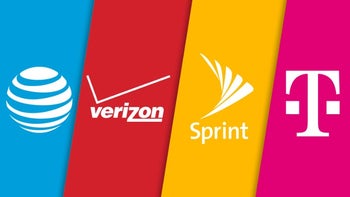
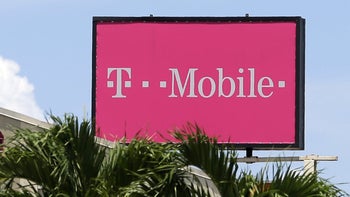
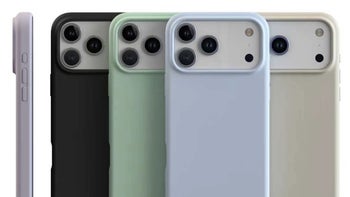
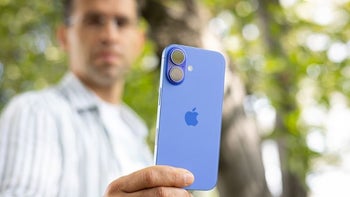
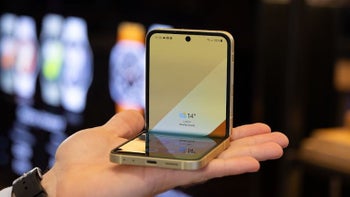
Things that are NOT allowed: